In a basement office at the Royal Geographical Society in London’s South Kensington, grainy 16mm film footage flickers silently across the screen, one of over a hundred expeditionary and travel films digitized recently by the society and the British Film Institute. They are now free to watch on the BFI website.
The collection ranges from professional expedition documentaries to home movies and amateur documentary footage. Some films, such as The Conquest of Everest (1953) are well known. Others are only now emerging from the obscurity of the archives, such as the recently restored color footage filmed by Sir Charles Evans on the first ascent of the third-highest mountain in the world, Kangchenjunga 1955.

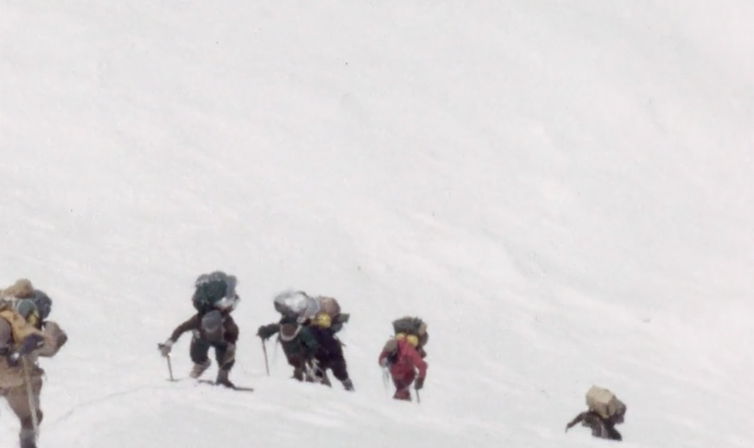
Into the freezer. A scene from Kangchenjunga 1955. British Film Institute/Royal Geographical Society
Beyond these professional documentaries intended for public release are a whole range of amateur films. And they are shedding new light on aspects of imperial science, administration and colonial travel, providing us with major new sources through which we can examine the hidden histories of exploration and empire.

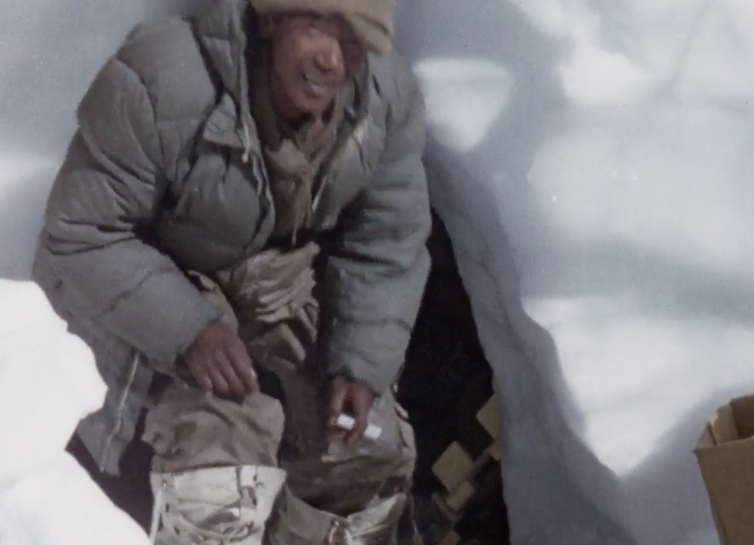
At home in a snow hole. Still from Kangchenjunga 1955. British Film Institute/Royal Geographical Society
The amateur films, in particular, force us to think in new ways about how we categorize film. Some of the films in the collection was shot by colonial officials and imperial administrators trained in intelligence gathering and surveillance techniques.
Never part of official government archives and never intended for public viewing, these films were not subject to the weeding of colonial archives instigated by Britain that occurred as its colonies won independence, part of the former colonial power’s attempt to manage access to the historical records of empire. Their reemergence into the public domain via retrospective digitization projects enables us to see the inner workings of the British empire, inadvertently revealing some of its secrets.
New insights
Take the grainy film on screen in the basement of the Royal Geographical Society. It was shot in January, 1942 by an Indian Civil Servant, the diplomat Sir Clarmont Percival Skrine. Entitled Quetta-Damghan, the film shows a journey Skrine took with his wife from Quetta in modern-day Pakistan through the East Persian Corridor, one of the many Allied supply routes to the Soviet Union, to take up his post as British consul-general in Mashad, Iran.

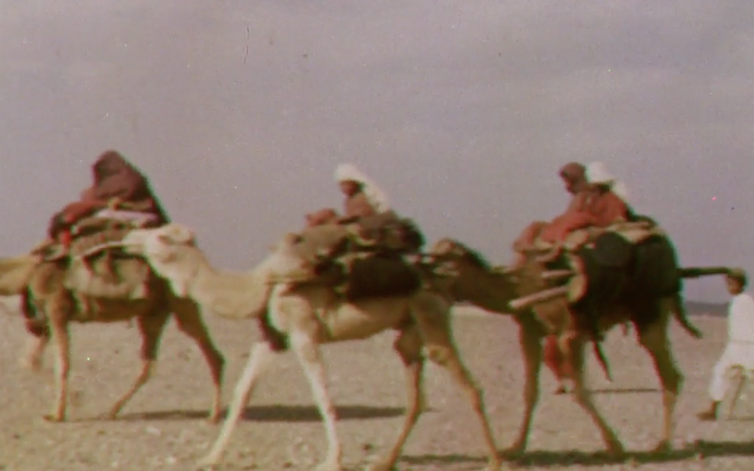
Camels crossing. A still from Quetta Damghan. British Film Institute/Royal Geographical Society
At first, it is difficult to make out what is going on. A train crosses the deserts of Baluchistan. There are camels. A Buick station wagon rumbles across the mountains of the Iranian province of Sistan. It is World War II and Iran is under Allied-Soviet occupation; its eastern provinces bordering Afghanistan are remote and dangerous.

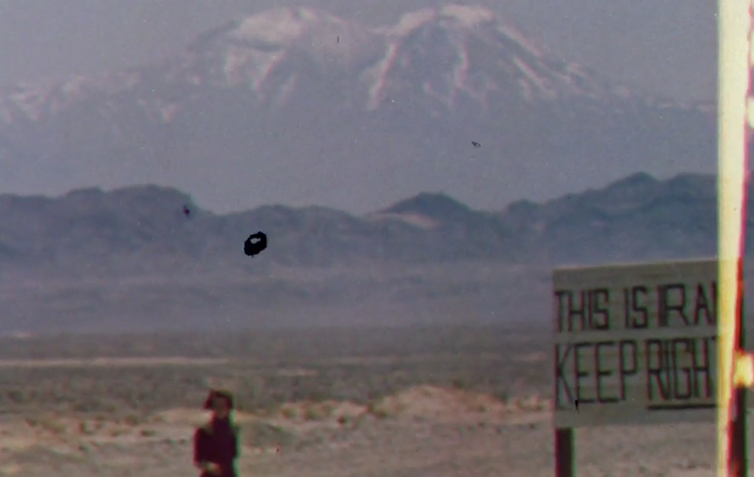
‘This is Iran, keep right.’ A still from Quetta Damghan. British Film Institute/Royal Geographical Society
In his book World War in Iran (1962), Skrine left us with a published account of this journey, enabling us to piece together events depicted in the film. But the film also reveals events that were never disclosed in his written work.
For example, there is footage of Skrine’s Buick being escorted by two vehicles from the Indian Long Rage Squadron (ILRS) in cut down Chevrolet trucks mounted with double-mounted Vickers K machine guns, almost certainly the only color footage that exists of this auxiliary unit in action.
Related
The ILRS had only just been formed, on December 25, 1941, specifically to patrol the Persian border between the Soviet Union and Baluchistan, and was modeled on the 8th Army Long Range Desert Group, the precursor to the SAS. Just how dangerous the road was is made abundantly clear by Skrine in his published account. Unavoidably delayed for two days, Skrine arrived at Qaimabad to discover that his host, a Sikh trader and British subject, had been murdered along with his family by Afghan raiders two nights before.

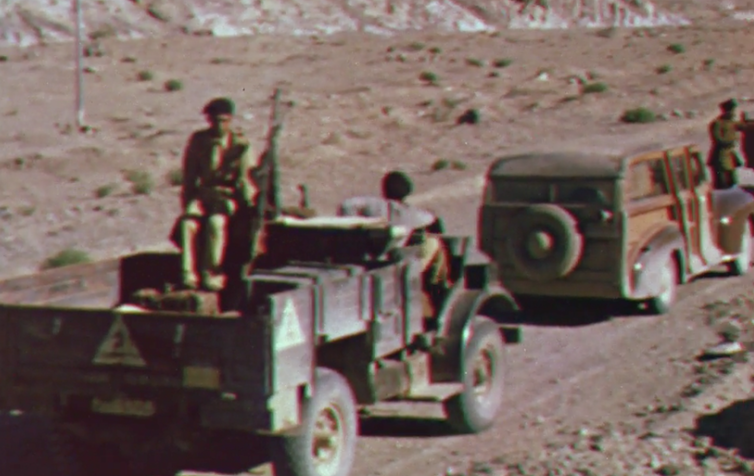
Still image of the Indian Long Range Squadron from Quetta Damghan. British Film Institute/Royal Geographical Society
Source Article from https://www.mintpressnews.com/new-footage-reveals-the-british-empires-hidden-workings-in-india-and-iran/237263/
 RSS Feed
RSS Feed















 February 8th, 2018
February 8th, 2018  Awake Goy
Awake Goy 
 Posted in
Posted in  Tags:
Tags: 













